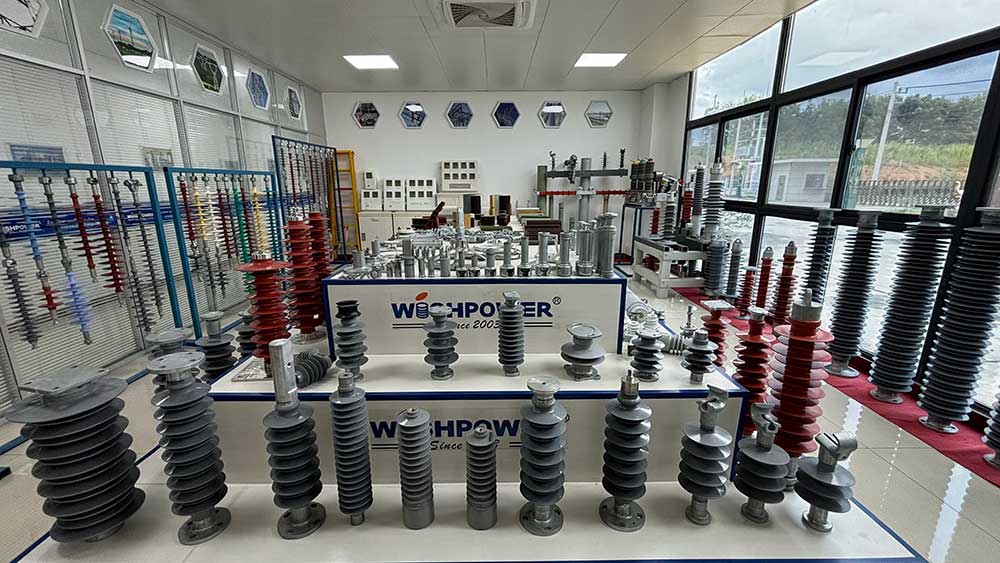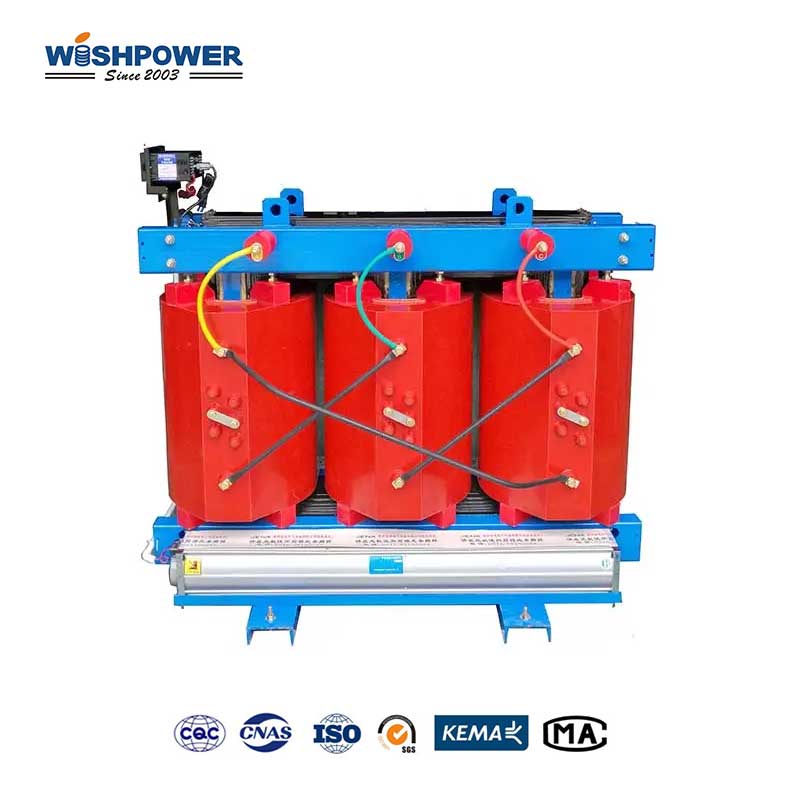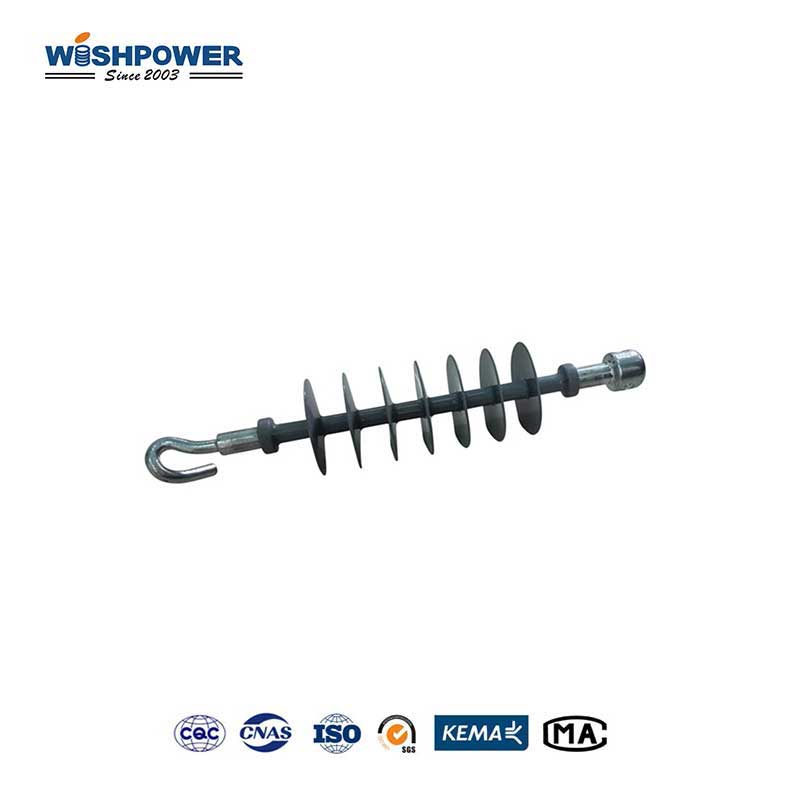Insulators have an important role in power transmission and distribution in the field in which electricity is transmitted over long distances without danger to it or human life. Two commonly used insulators in modern power systems are composite insulators and polymer insulators. Although these terms are often used interchangeably there are some important differences between them.

What are composite insulators?
The modern alternative to traditional ceramic and glass insulators is composite insulators. Usually, FRP (fiberglass reinforced polymer) composites are used to make the core of the composite insulator, as they give the mechanical stability necessary to endure the very high tensile stresses in transmission lines. Silicone rubber or similar polymer material surrounds the core to provide very good electrical insulation, as well as environmental hardness.
What are polymer insulators?
Polymer insulators are external insulators using polymer materials as insulators. In this case, the material being used to texturize the outer shell is known as a polymer (usually silicone rubber, EPDM rubber, or some similar compound). Internal structures of polymer insulators may differ but the common feature of all the polymer insulators is using polymer materials as external insulation.
Material Comparison
The main difference compared to polymer insulators is made up of the material composition. The composite insulators contain a fiberglass-reinforced polymer (FRP) core, covered with a polymer material, usually silicone rubber. The dual material design enables the composite insulators to have a very high level of mechanical strength and flexibility.
However other insulators, including polymer insulators, do not use fiberglass in their cores and instead depend on polymer materials to encompass their outer shell. This difference rests primarily in the material composition and the internal structure, but are both polymers key components of the design.
Performance in different environments
Pollution resistance
Composite insulators have a strong pollution resistance due to their pollution resistance, which is the outer hydrophobic silicone rubber shell of the composite insulators that prevent the accumulation of pollution (dust, dirt, and salt). In areas where saline environments surround the insulators and high pollution levels are present, this is an important point. Because silicone rubber is water-repellent, it denies the formation of conductive films, which reduces the risk of flashover. Good pollution resistance is also given by polymer insulators. However, the overall performance of these polymers in polluted environments will depend on the specific polymer they will be made from. Polymer insulators are the most widely used types, and silicone rubber is the best pollution-resistant polymer insulator.
Weathering and UV Resistance
Composite and polymer insulators are designed to resist degradation by the environment including UV radiation, extreme temperatures, and moisture. A silicone rubber shell of composite insulators has excellent long-term UV resistance and will not crack or deteriorate over time. Unlike silicone rubber, polymer insulators (based on the type of polymer) tend to have good weathering resistance — but some may deteriorate more quickly than silicone rubber in the case of intense solar radiation or severe weather conditions.
Mechanical Strength
Composite insulators with fiberglass cores provide excellent mechanical strength in tensile loads and are thus suitable for use in applications requiring high tensile loads. For example, for long spans between transmission towers or other sites likely to experience high winds and other mechanical stresses, composite insulators are the ideal choice. While polymer insulators are mechanically strong, they may not be sufficiently strong in tension, depending on how much reinforcement from glass fibers is present in the core, compared to composite insulators. But they are still rugged enough for use in medium and high-voltage applications.
Composite Insulators VS Polymer Insulators
Composite and polymer insulators have much in common (many of which the utility will appreciate), such as the use of polymers as insulators and lightweight, pollution-resistant design, but there are important differences between the two. Glass fiber reinforced polymer core makes composite insulators excellent mechanically and good mechanically, therefore composite insulators are highly suitable for high tension applications. Meanwhile, polymer insulators are a broader category of a wide variety of polymer-based designs that offer flexibility as to what materials can be used in the core and casing.
If you have different opinions or want to know more, please leave a message on the website or contact us directly at info@wishpower.net
















